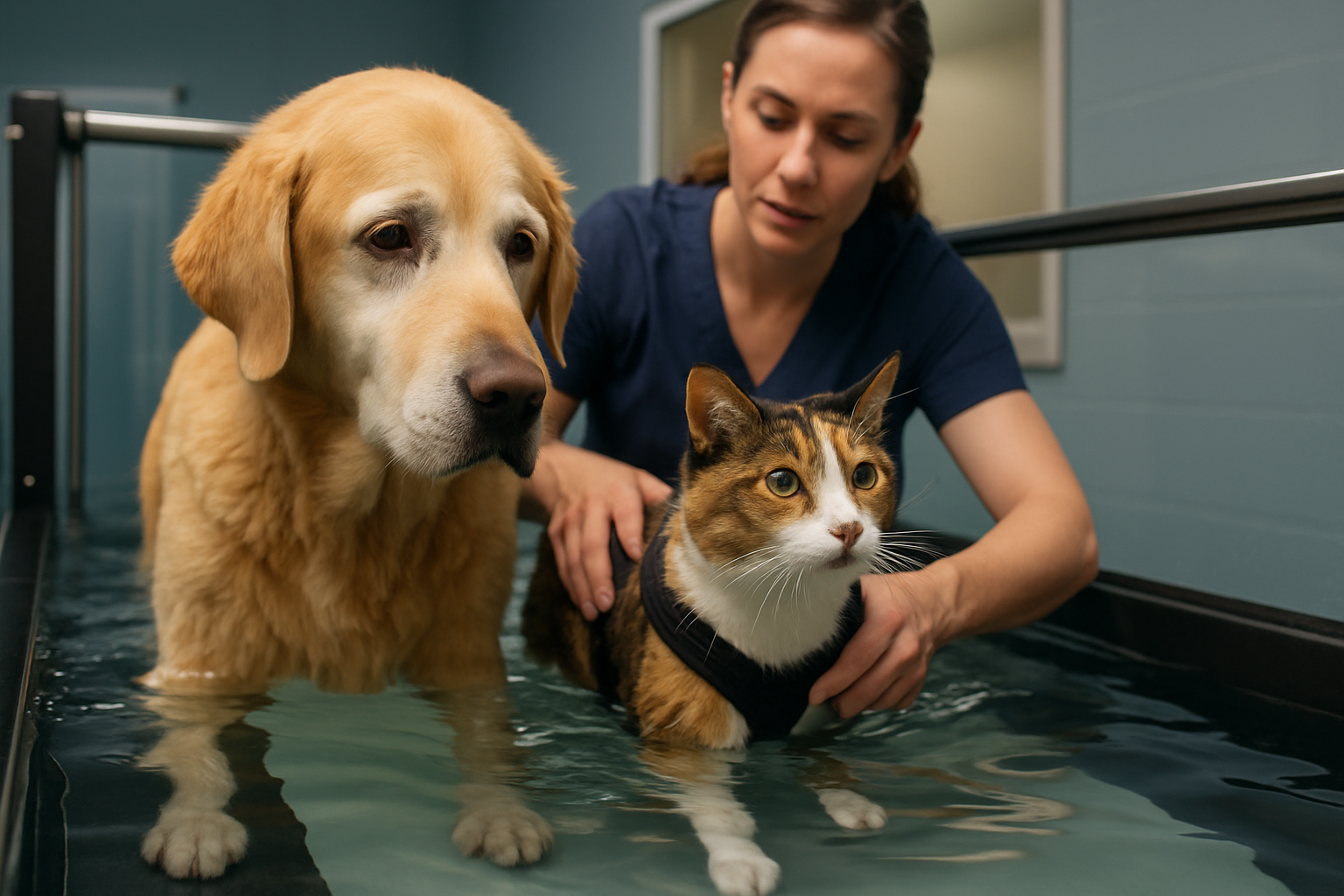Essential Nutrition Guidelines for Growing Puppies
Proper nutrition during a puppy's first months lays the foundation for long-term health, behavior, and development. This overview highlights practical feeding principles, how diet interacts with training and grooming routines, and considerations for households with other pets such as cats. It also notes health and safety tips for caretakers.

Puppy growth is rapid and nutritionally demanding; a balanced approach supports bone development, immune function, and behavior. Focus on age-appropriate formulations labeled for growth or all life stages, ensure regular feeding intervals suited to size and breed, and monitor weight and body condition rather than relying solely on package instructions. Nutrition also interacts with training, enrichment, and dental care, so plan feeding times around exercise and learning sessions to reinforce positive behaviors and support overall health.
This article is for informational purposes only and should not be considered medical advice. Please consult a qualified healthcare professional for personalized guidance and treatment.
What should puppy nutrition include for growth?
A growing puppy needs a diet rich in high-quality protein, appropriate fat, and balanced levels of calcium and phosphorus to support skeletal development. Look for foods that list named animal proteins (chicken, lamb, fish) as primary ingredients and specify compliance with nutritional standards for growth. Omega-3 fatty acids support brain and vision development, while antioxidants and probiotics can help digestive health. Avoid diets that are extremely calorie-dense or that have unverified ingredient claims; regular vet checks will confirm whether the diet meets your puppy’s changing needs.
How do feeding needs change by breed and size?
Small-breed puppies typically require more frequent, energy-dense meals because of faster metabolisms and smaller stomachs, while large-breed puppies benefit from controlled growth to reduce the risk of joint issues. Choose formulas designed for toy, small, medium, or large breeds when available. Portion sizes and feeding frequency will change as the puppy matures; track growth using weight charts or body condition scoring provided by your veterinarian. Rescue or adopted puppies may have unknown histories—start with a gradual transition to any new diet to reduce digestive upset.
When should training, grooming, and dental care be introduced?
Feeding and training go hand in hand: use portioned kibble or vet-approved treats for positive reinforcement during training sessions. Start basic grooming routines early to accustom puppies to handling, which reduces stress during dental exams and care. Introduce gentle tooth-brushing with pet-safe toothpaste and provide appropriate chew toys to support dental development and enrichment. Consistent routines around meals, grooming, and rest help shape behavior and can make vaccination or veterinary visits less stressful for both puppy and owner.
How do vaccination, behavior, and health tie into diet?
A balanced diet supports immune response to vaccinations and overall resilience against common puppy illnesses. Nutritional deficits or obesity can influence behavior—hunger or imbalanced blood sugar can increase restlessness, while excessive weight can limit activity and socialization. Coordinate vaccination schedules and health checks with your veterinarian, and discuss any dietary supplements only under professional guidance. If your household includes a cat, consider separate feeding areas to prevent resource guarding or cross-contamination of species-specific diets.
What role do enrichment, travel, and safety play in feeding routines?
Enrichment through food-dispensing toys or puzzle feeders encourages mental stimulation and slows rapid eating. When traveling with a puppy, pack measured portions, any specialized diet, and familiar bowls to keep routines consistent and reduce digestive upset. Pay attention to safety: avoid foods toxic to dogs (chocolate, xylitol, grapes, certain nuts) and secure trash to prevent scavenging. Proper labeling of food and clear instructions for caregivers or sitters helps maintain feeding consistency while supporting behavior and training goals.
How to support adopted or rescued puppies and plan for long-term care?
Adopted or rescued puppies may arrive with dietary inconsistencies; transition gradually to a stable, nutritionally complete food over several days to a week. Keep a written log of prior feeding, any known medical issues, and vaccination records to share with your veterinarian. Long-term planning includes reassessing diet as the puppy approaches adulthood and later seniorcare stages, adjusting calories and nutrient balance to match activity levels. Coordination with veterinary professionals ensures developmental milestones are met and dental, grooming, and health needs are integrated into the care plan.
Conclusion Balanced, age-appropriate nutrition is central to a puppy’s physical development, behavioral training, and long-term health. Pair diets formulated for growth with consistent feeding schedules, early dental and grooming routines, and enrichment activities to support learning and wellbeing. Regular veterinary checkups and careful observation will guide adjustments to diet and care as the puppy matures and as household circumstances—such as coexisting cats or travel needs—change.





